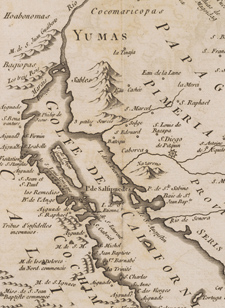
Vanished Worlds, Enduring People
Continuing Encounters
English and French accounts of their impressions of Native Americans largely echo those written by Spaniards. European writers, whose descriptions of America circulated widely across the Atlantic, stressed the Indian exotic, contrasting native dress, language, and social life with their own. Even those accounts that viewed Native Americans sympathetically doubted the compatibility of native and European cultures.
Initial encounters, often characterized by courtesy and curiosity, quickly gave way to friction and hostility. Europeans sought and claimed American resources, especially the precious metals discovered in the Spanish colonies. In North America, land, timber, and furs substituted for gold and silver. Growing European communities and their demands for resources profoundly affected native societies. Many Indians perished after contracting diseases to which they had no inherited resistance. Others died in armed attempts to expel European interlopers. European contact often pitted Native Americans against each other in a scramble for resources and survival. Increasingly, Indians left their traditional lands to reestablish themselves further west, or to ally themselves with other native people. In the 18th century, Native Americans became partisans in the French and English struggle for hegemony in North America, and later in the Revolutionary War.